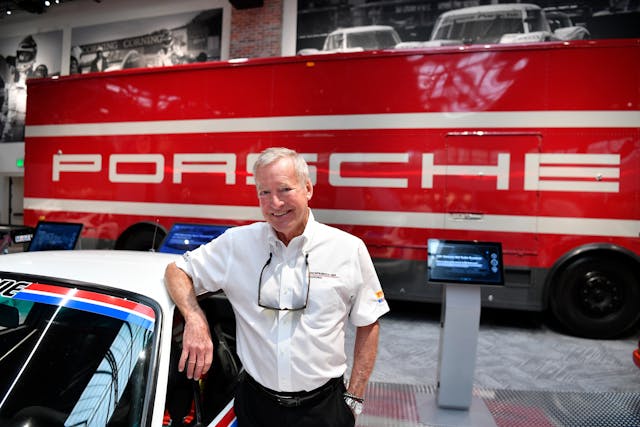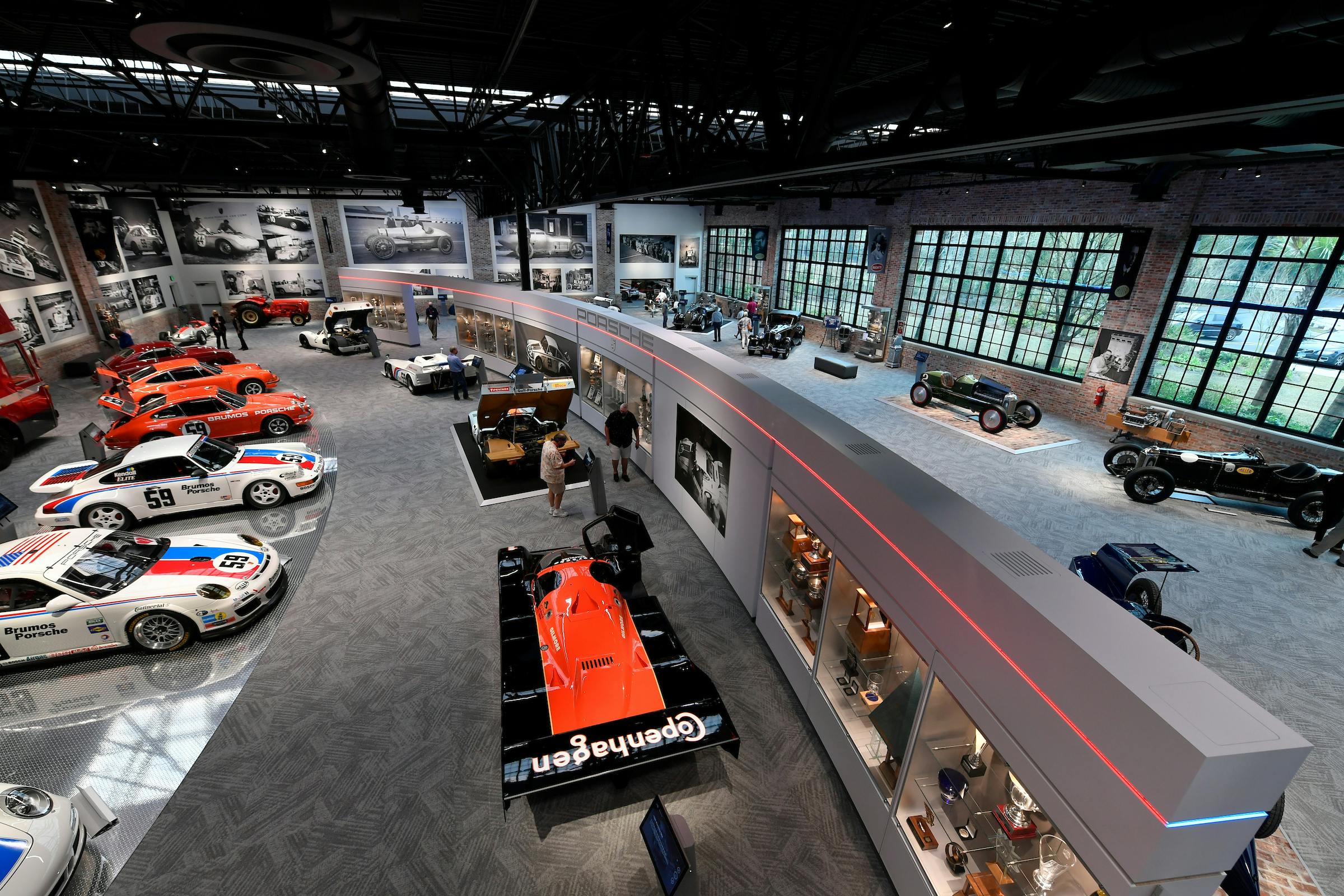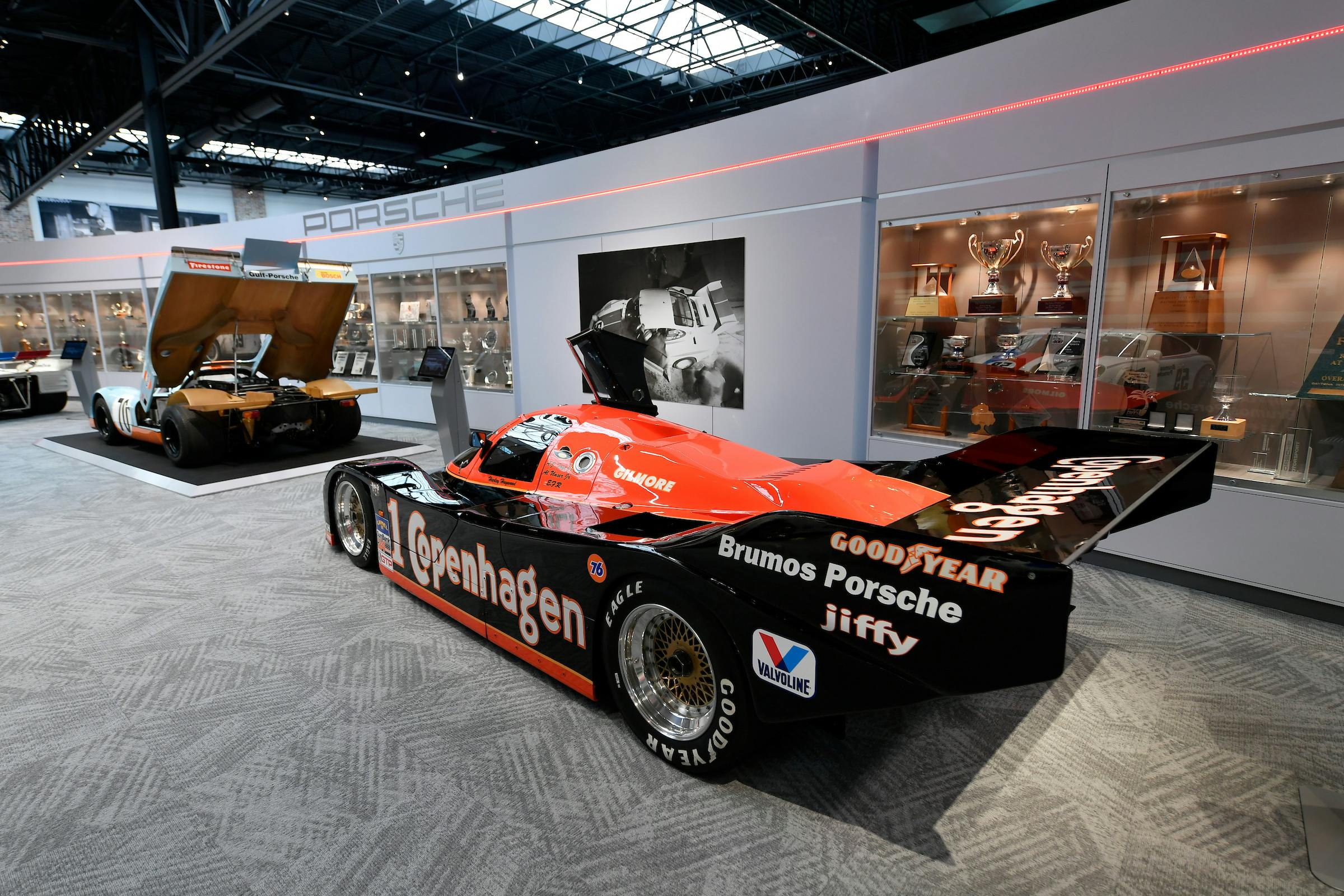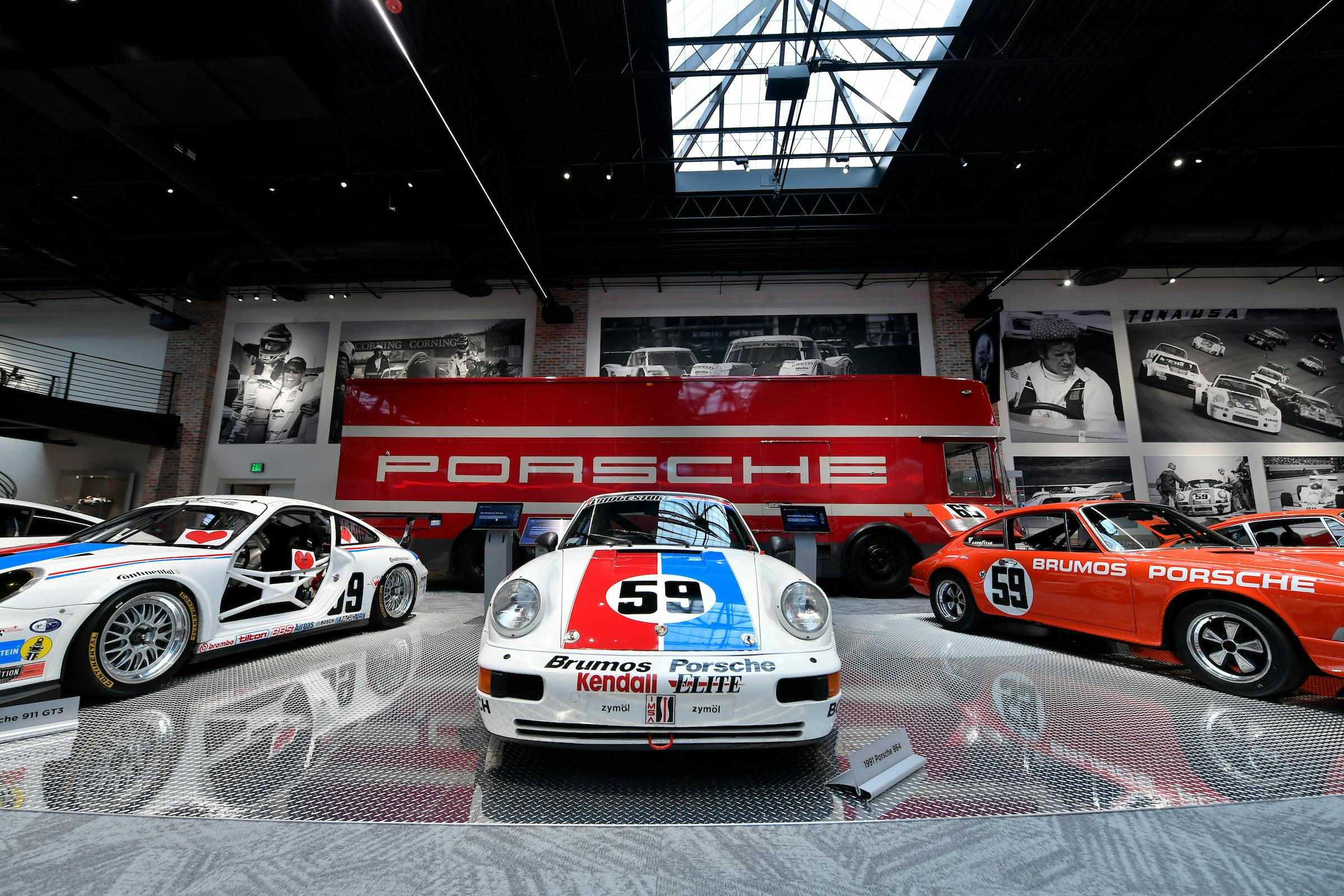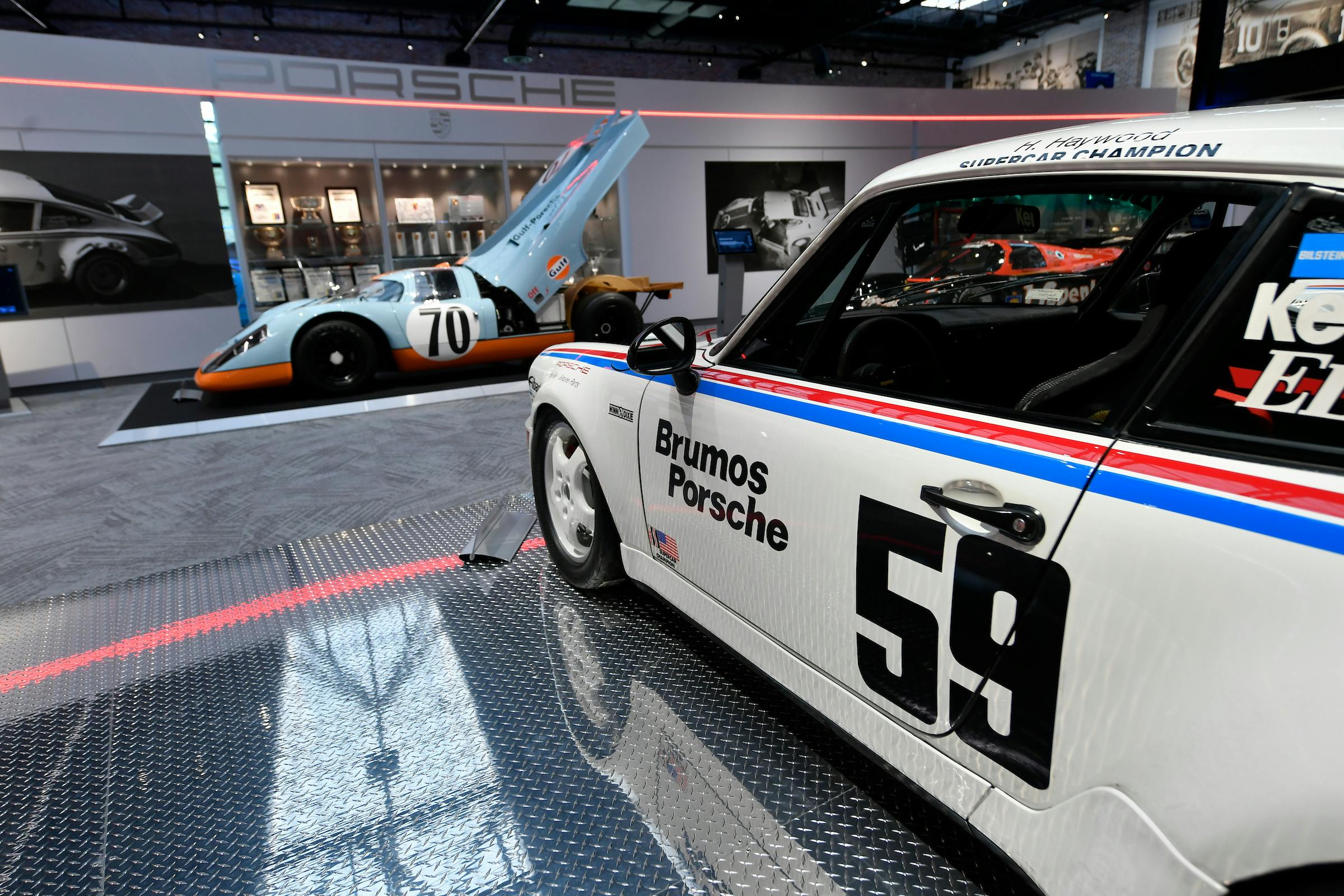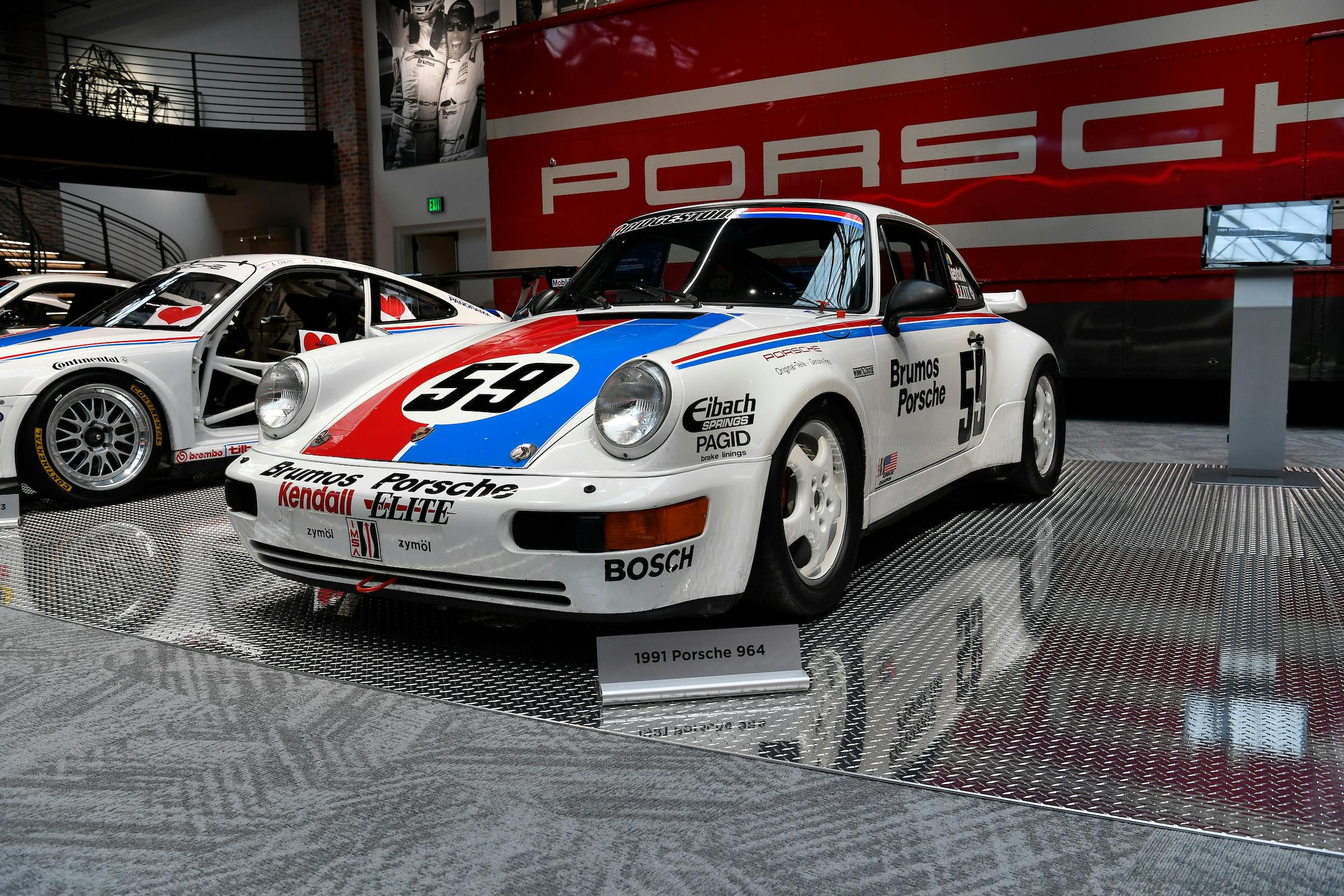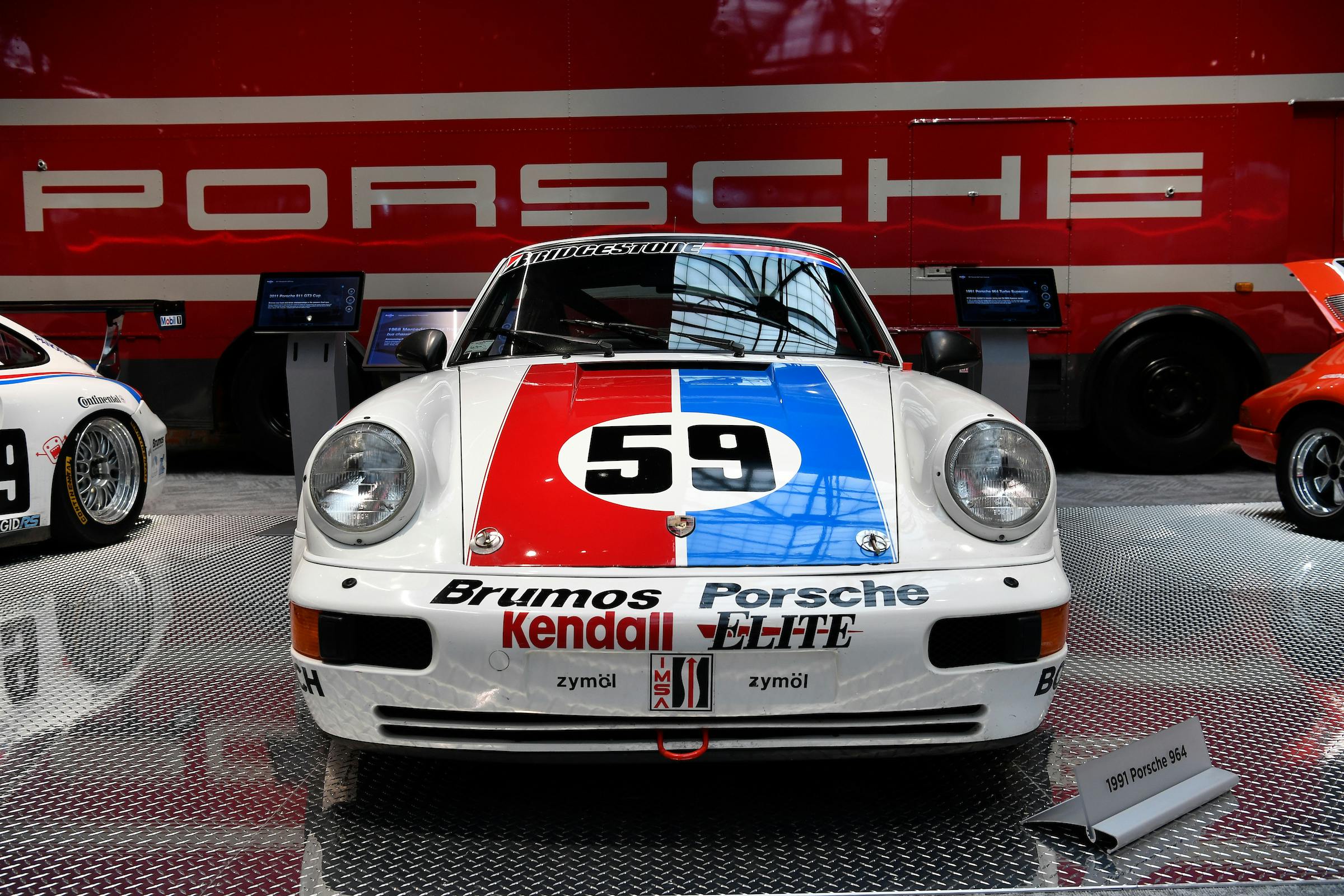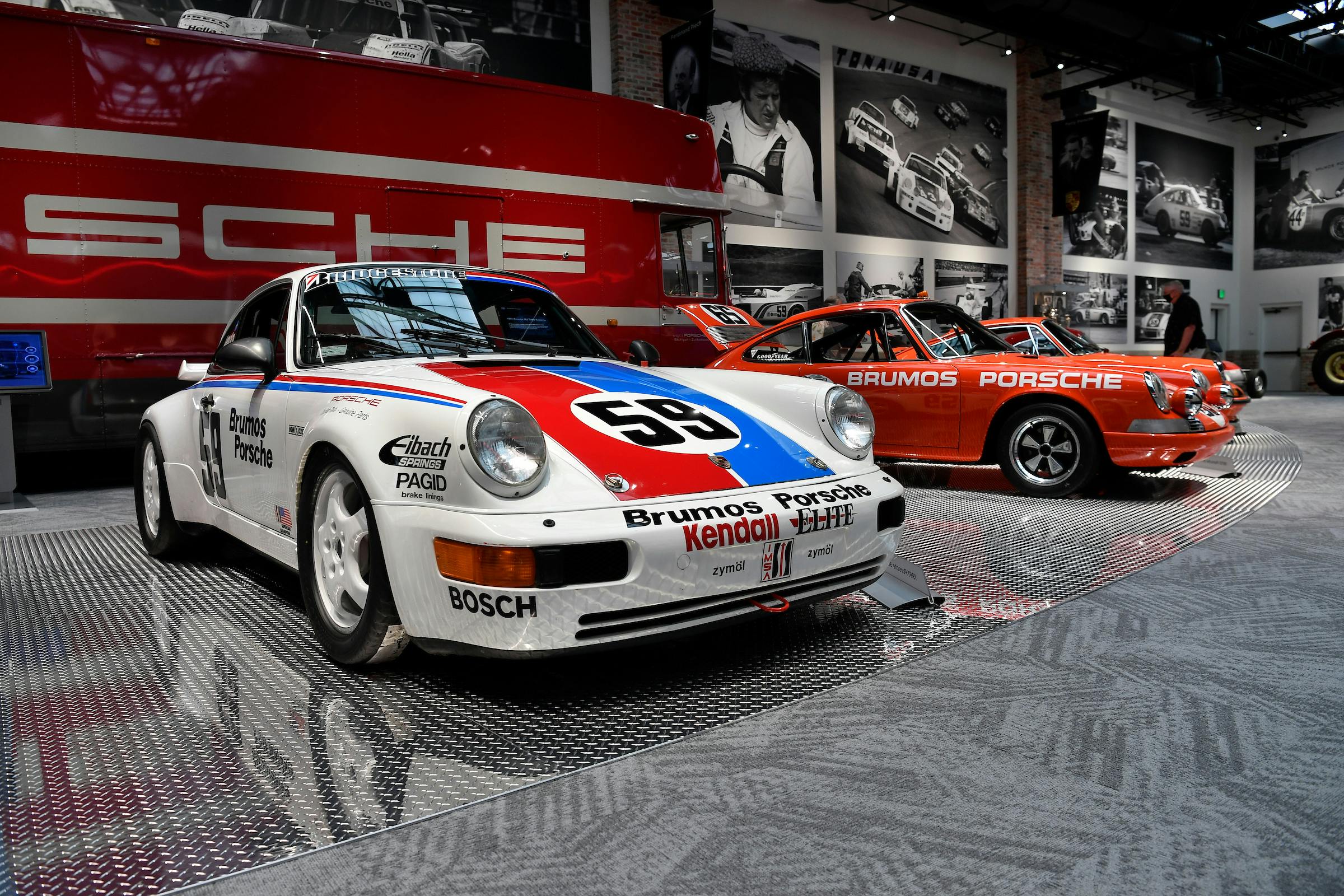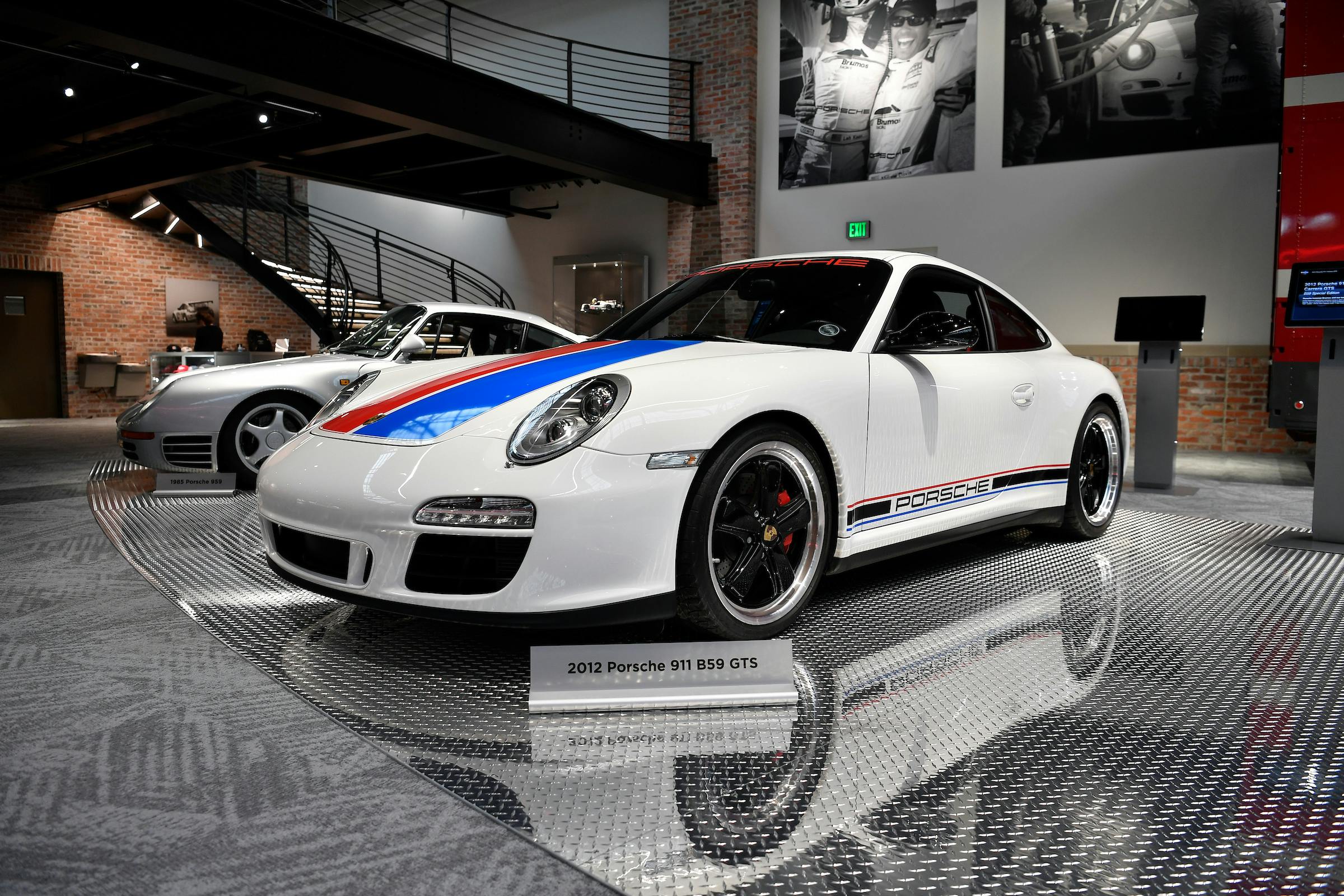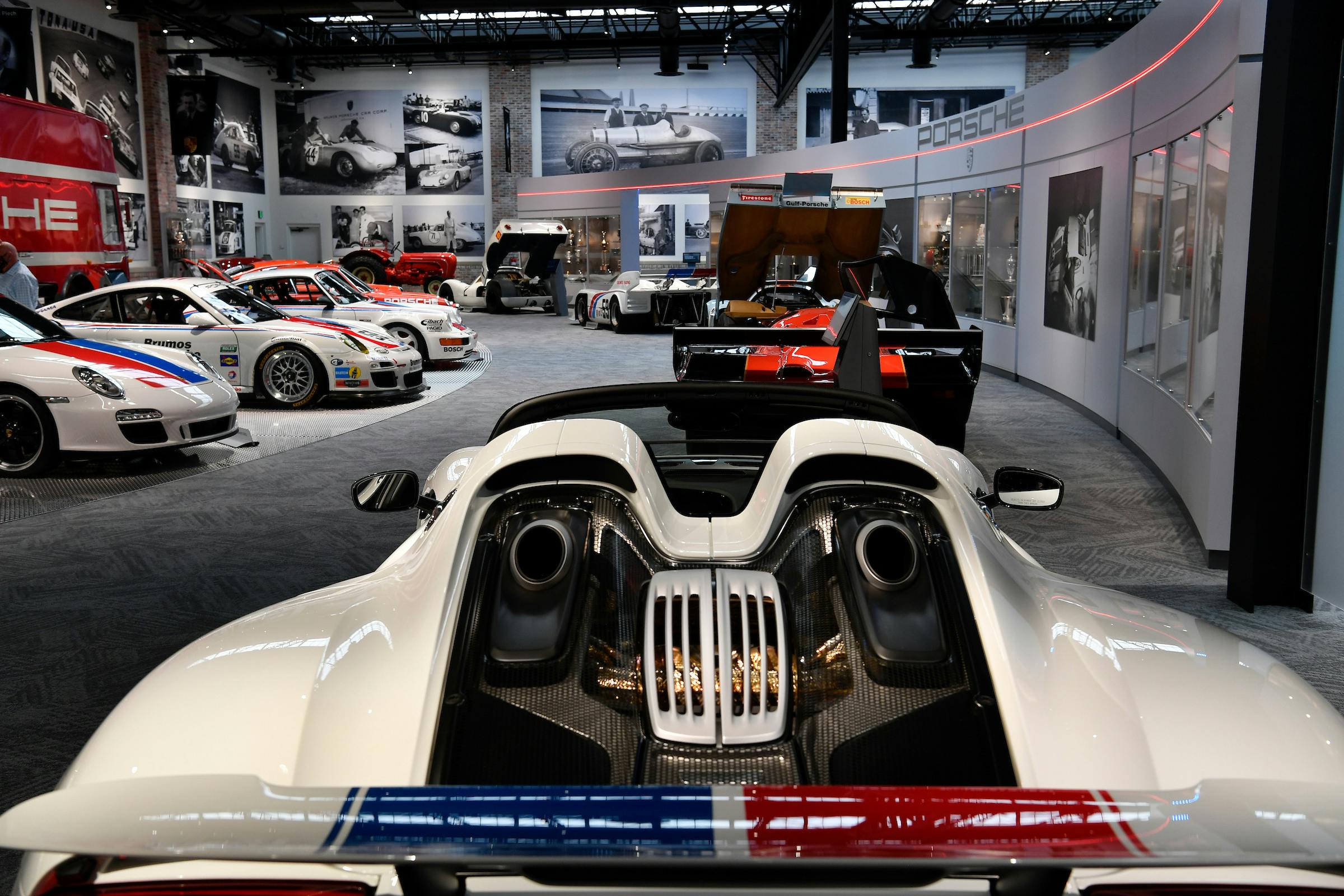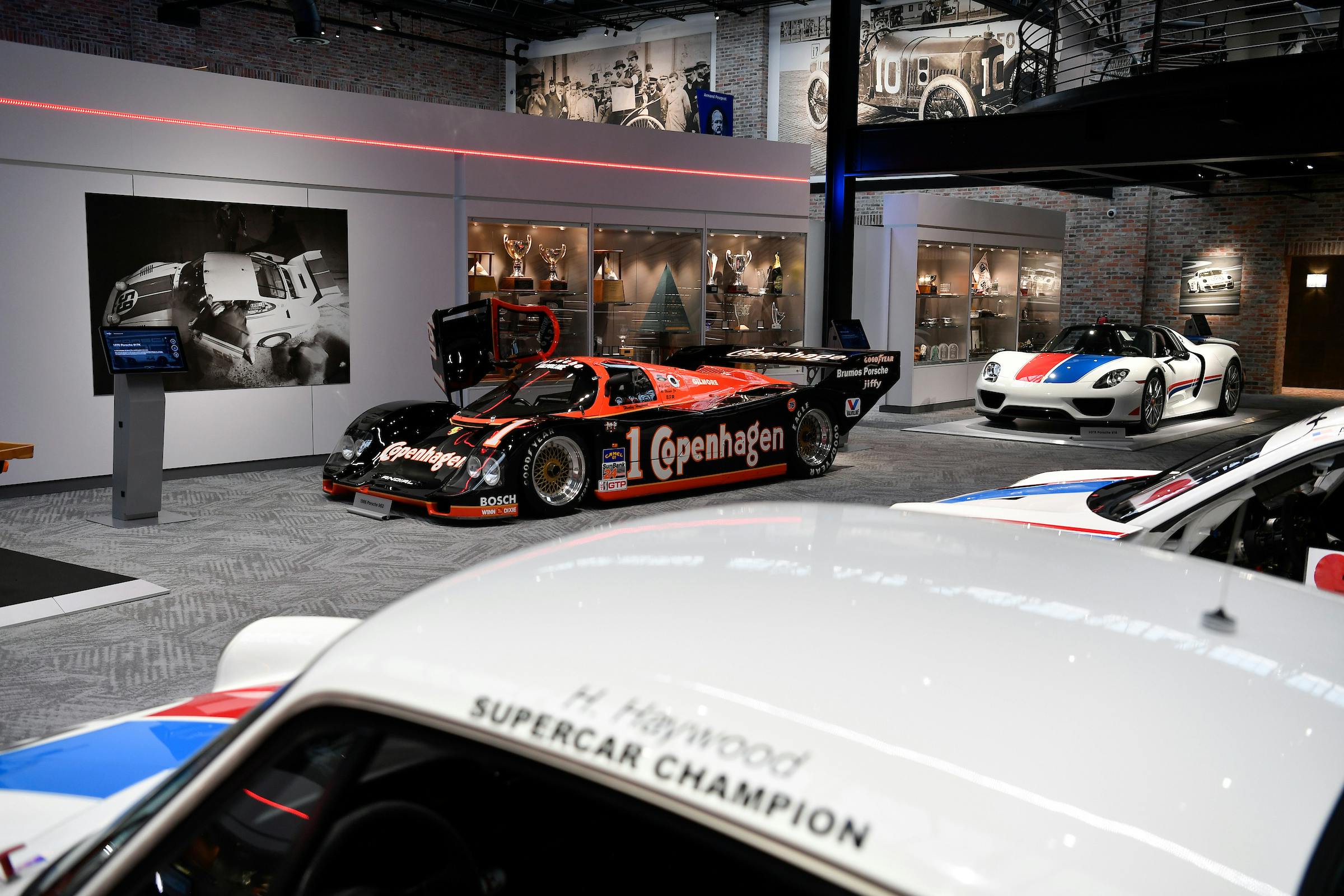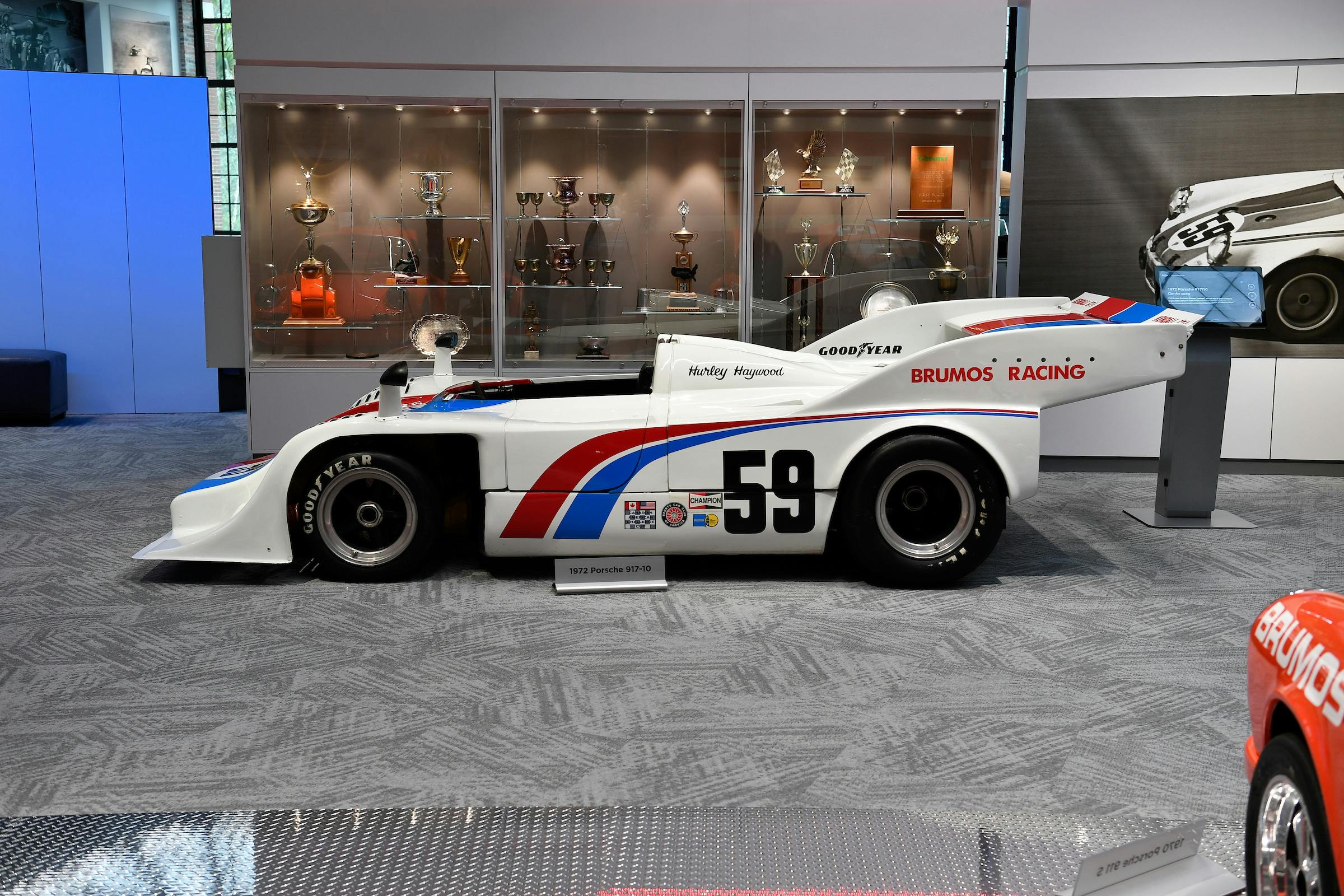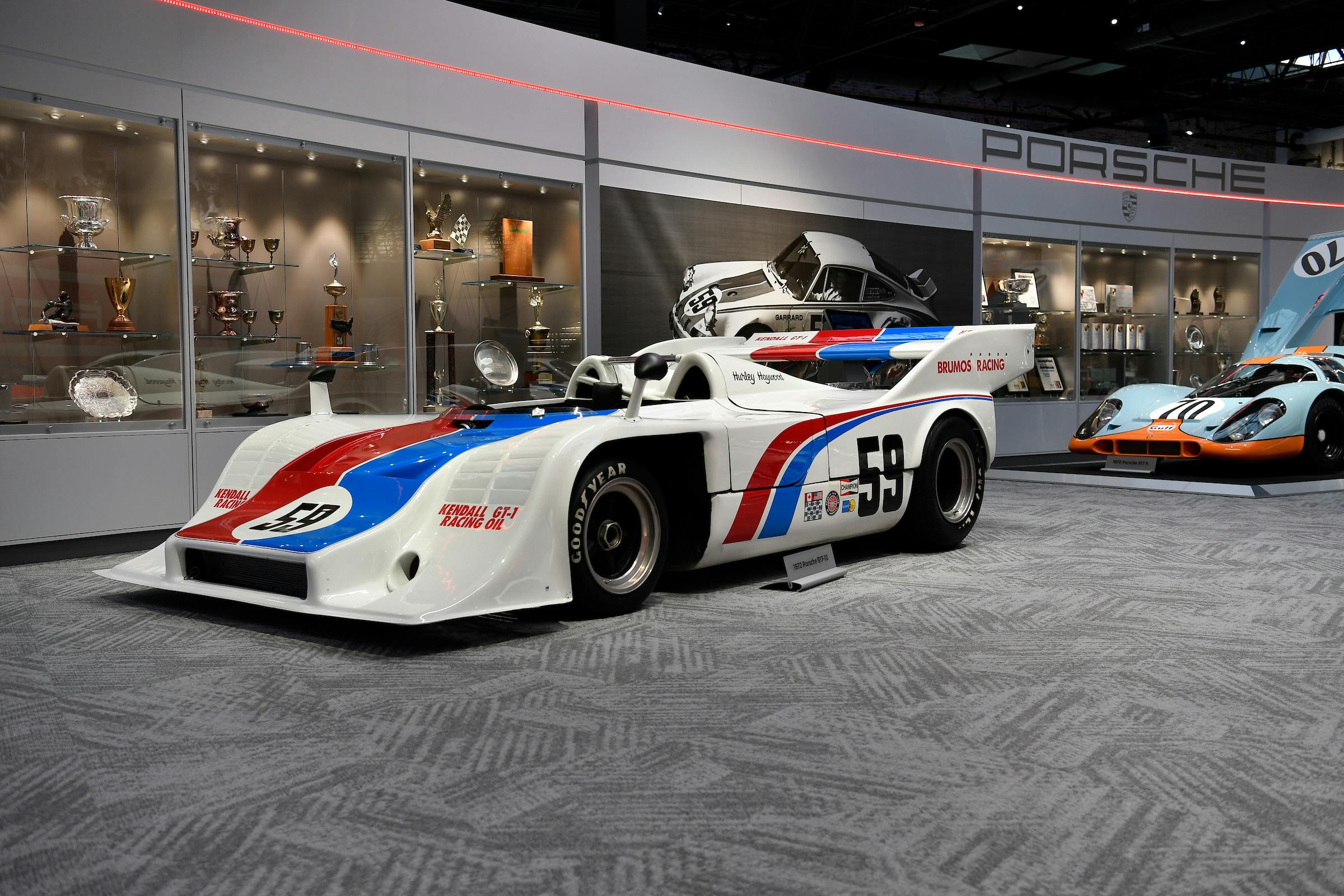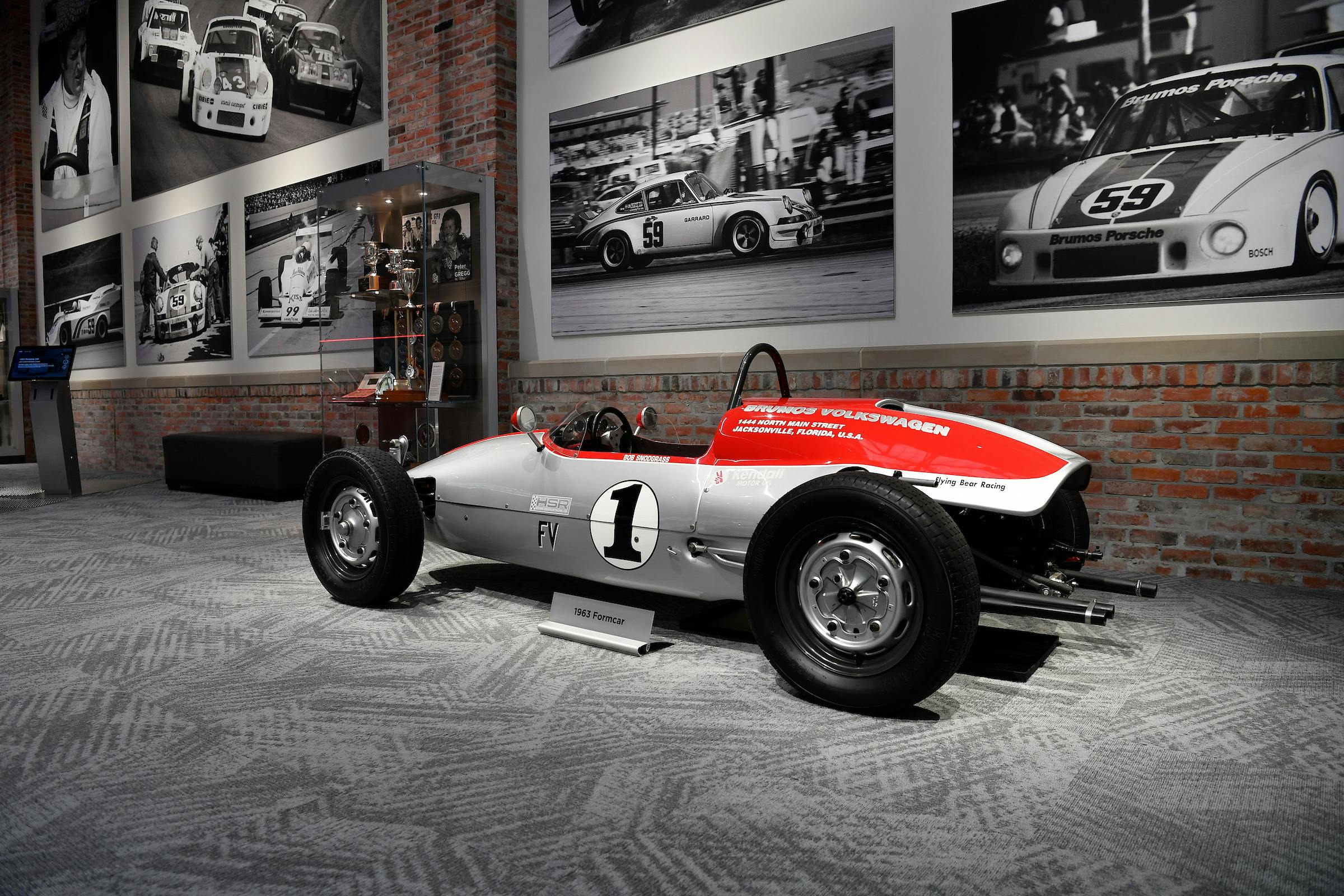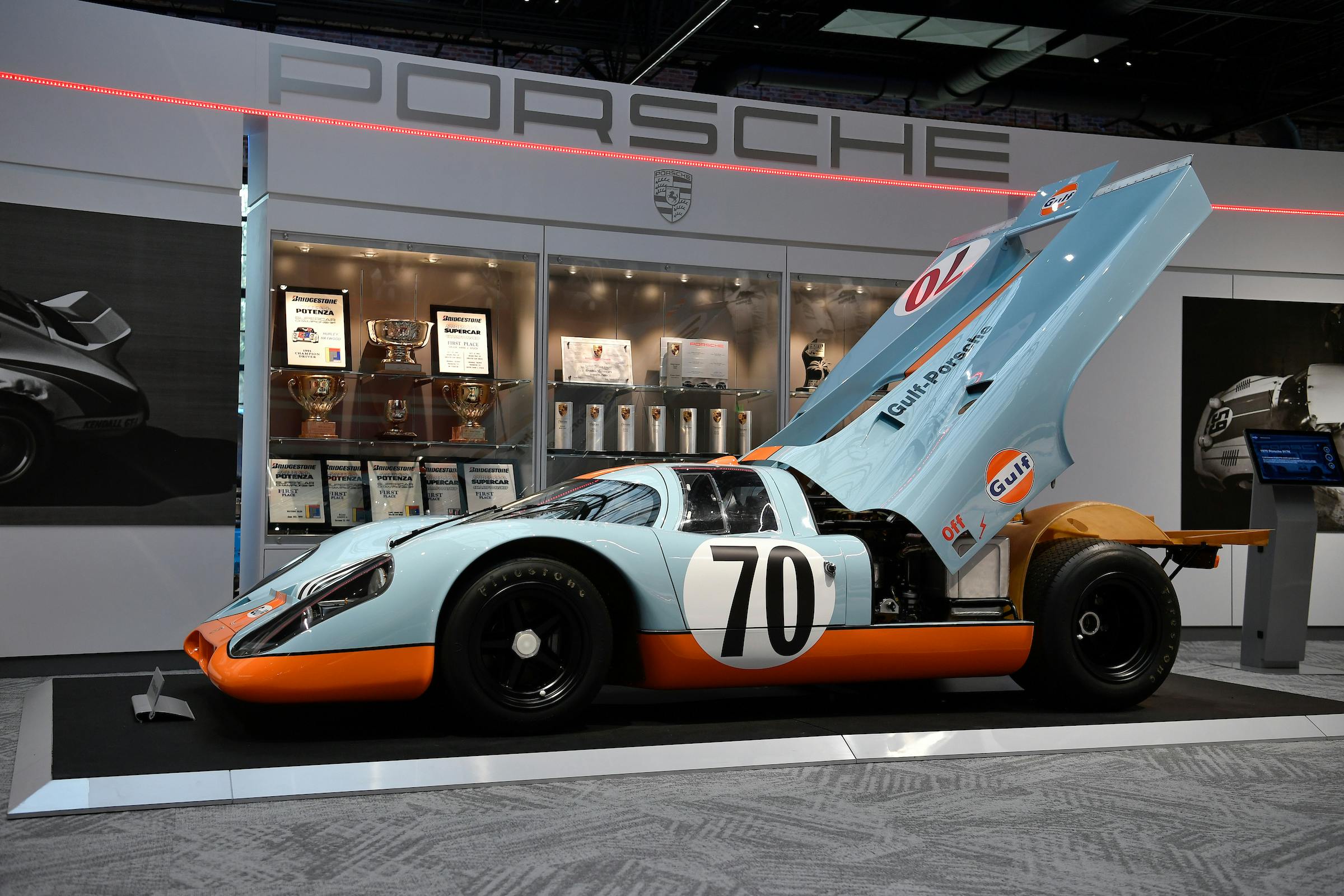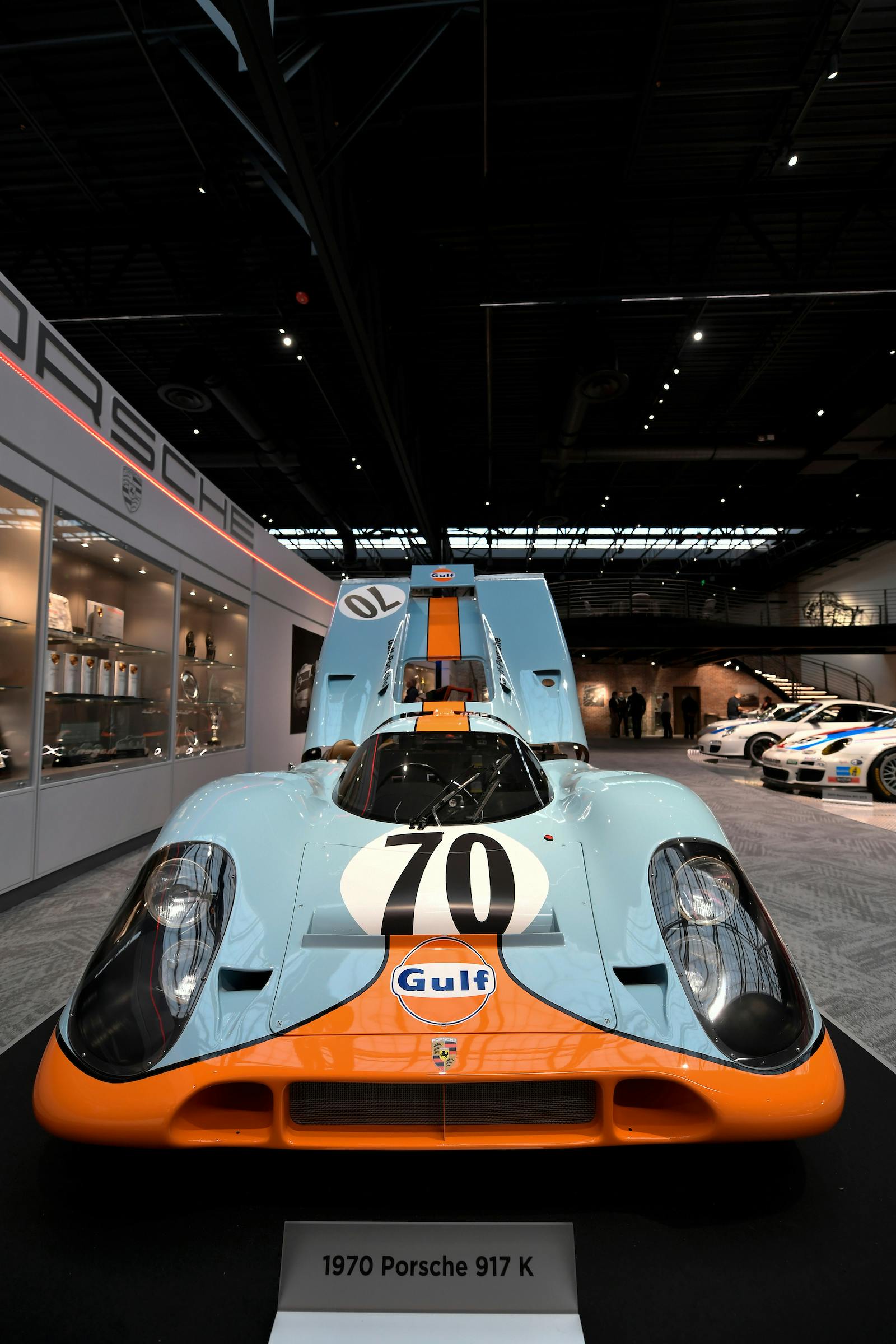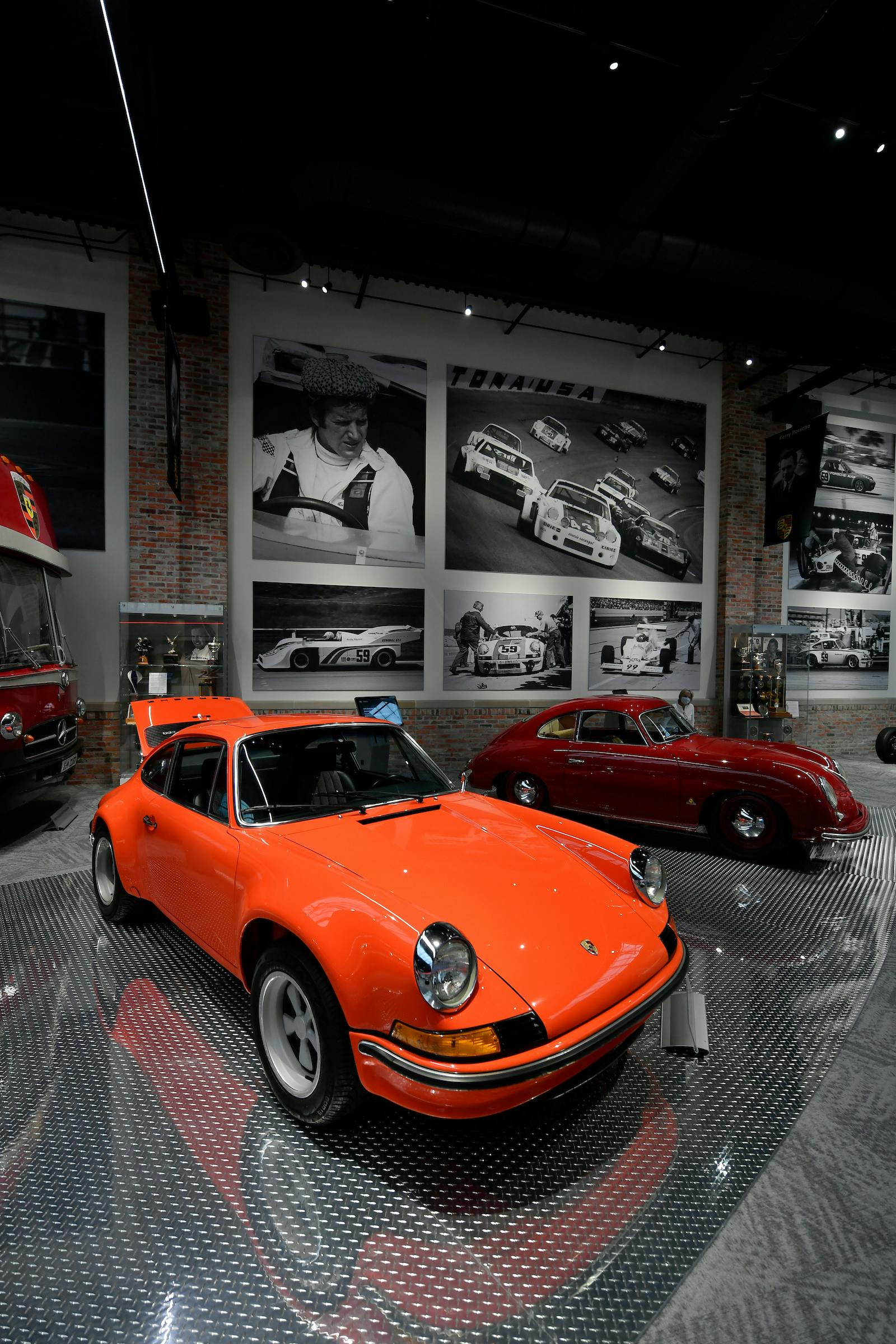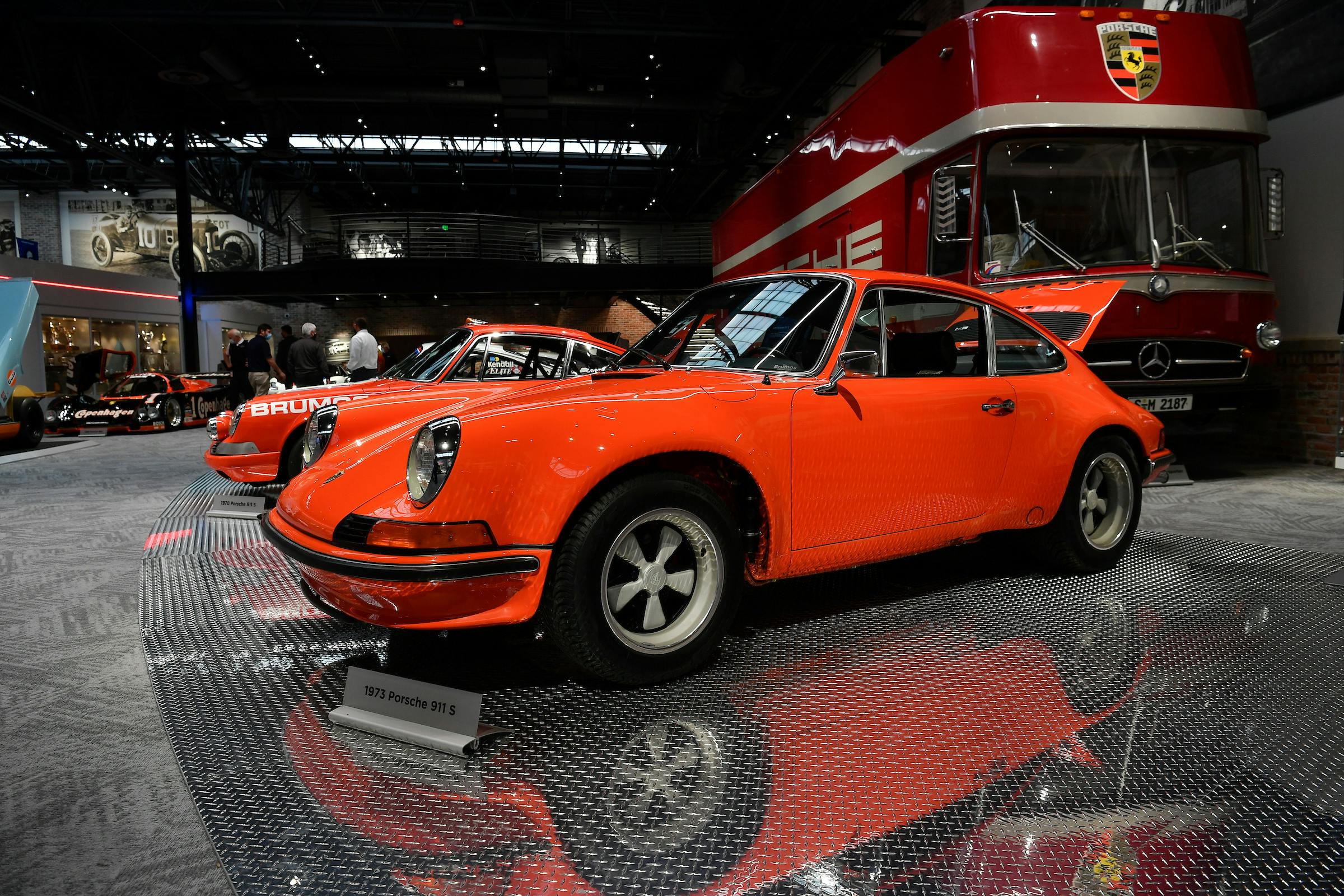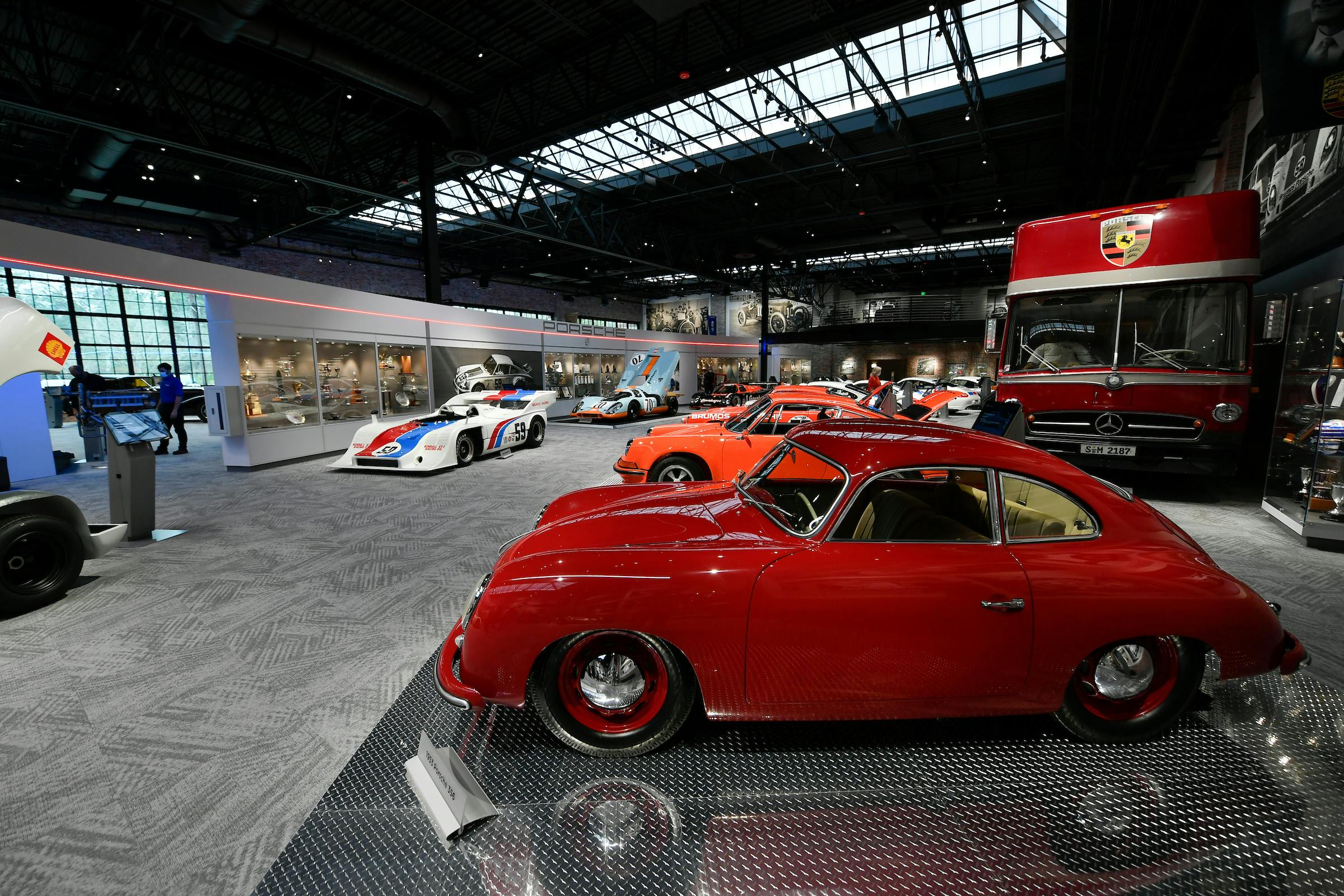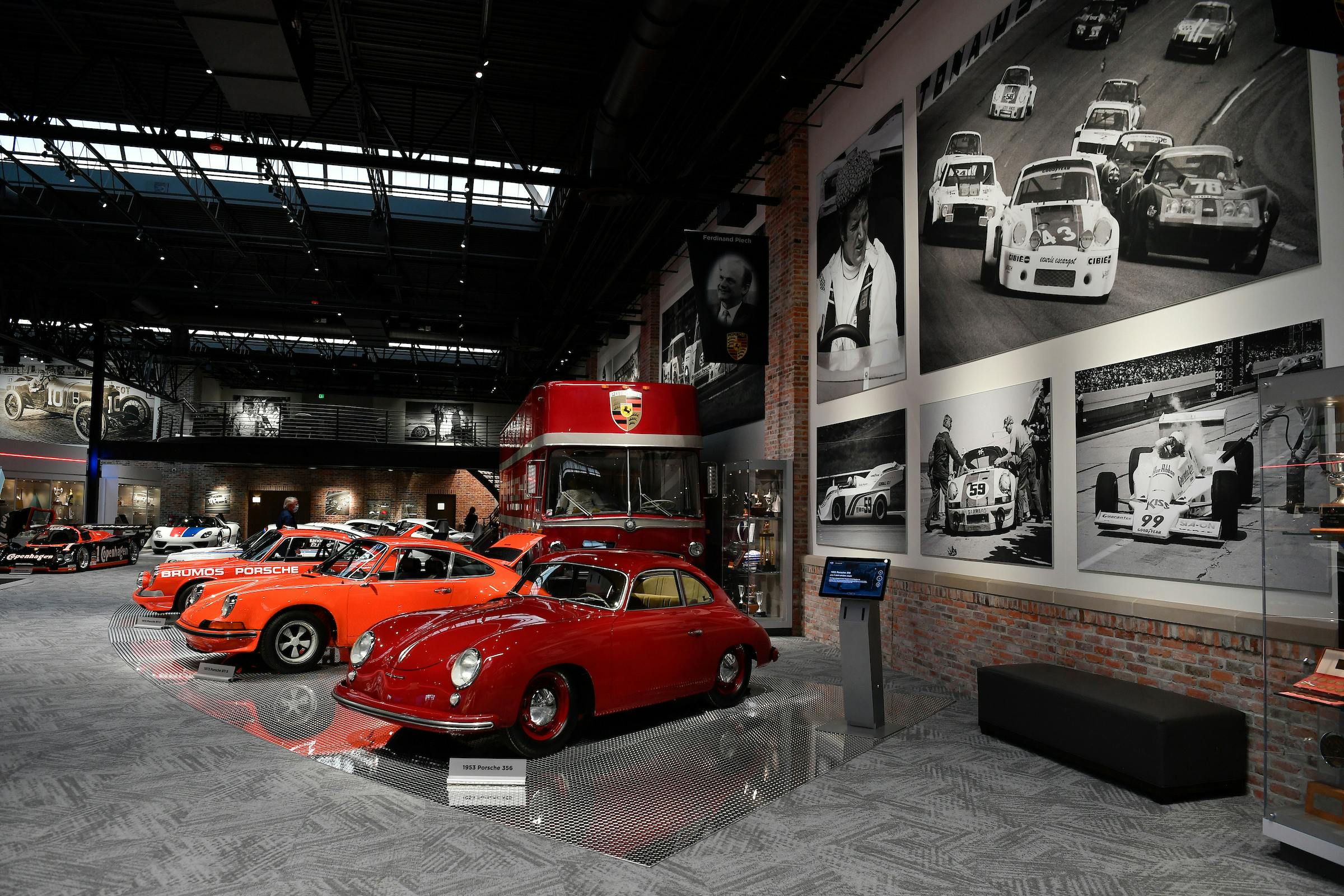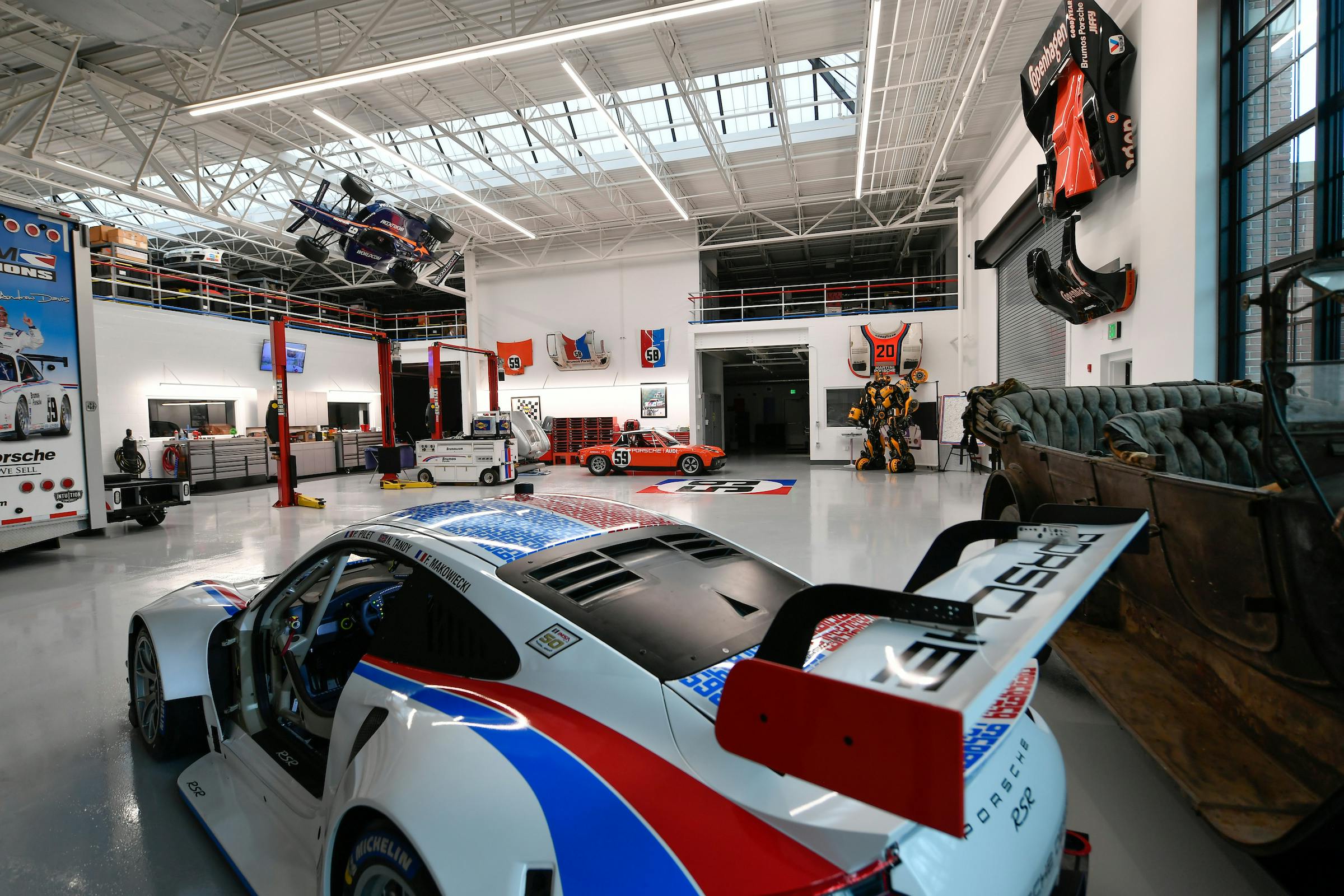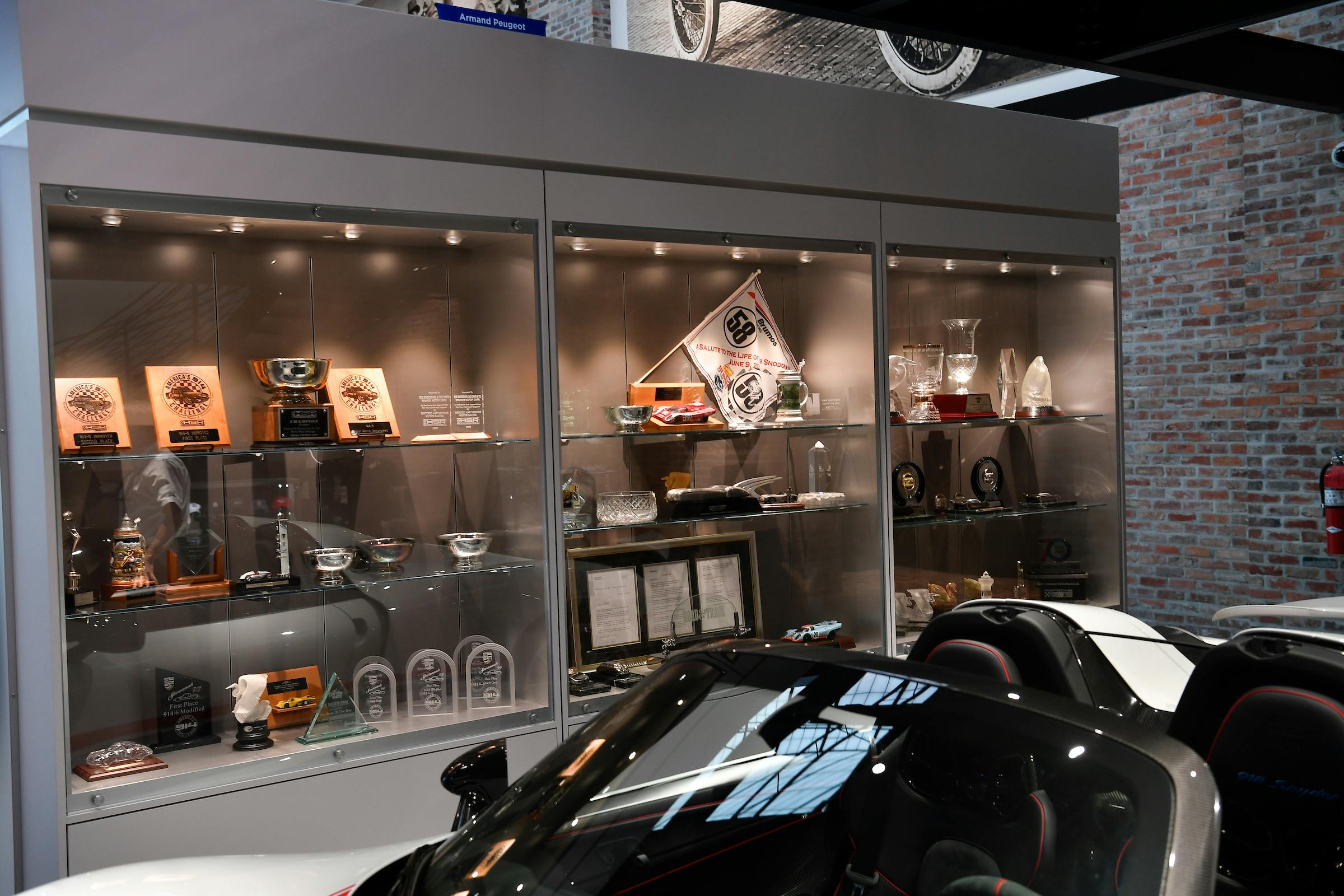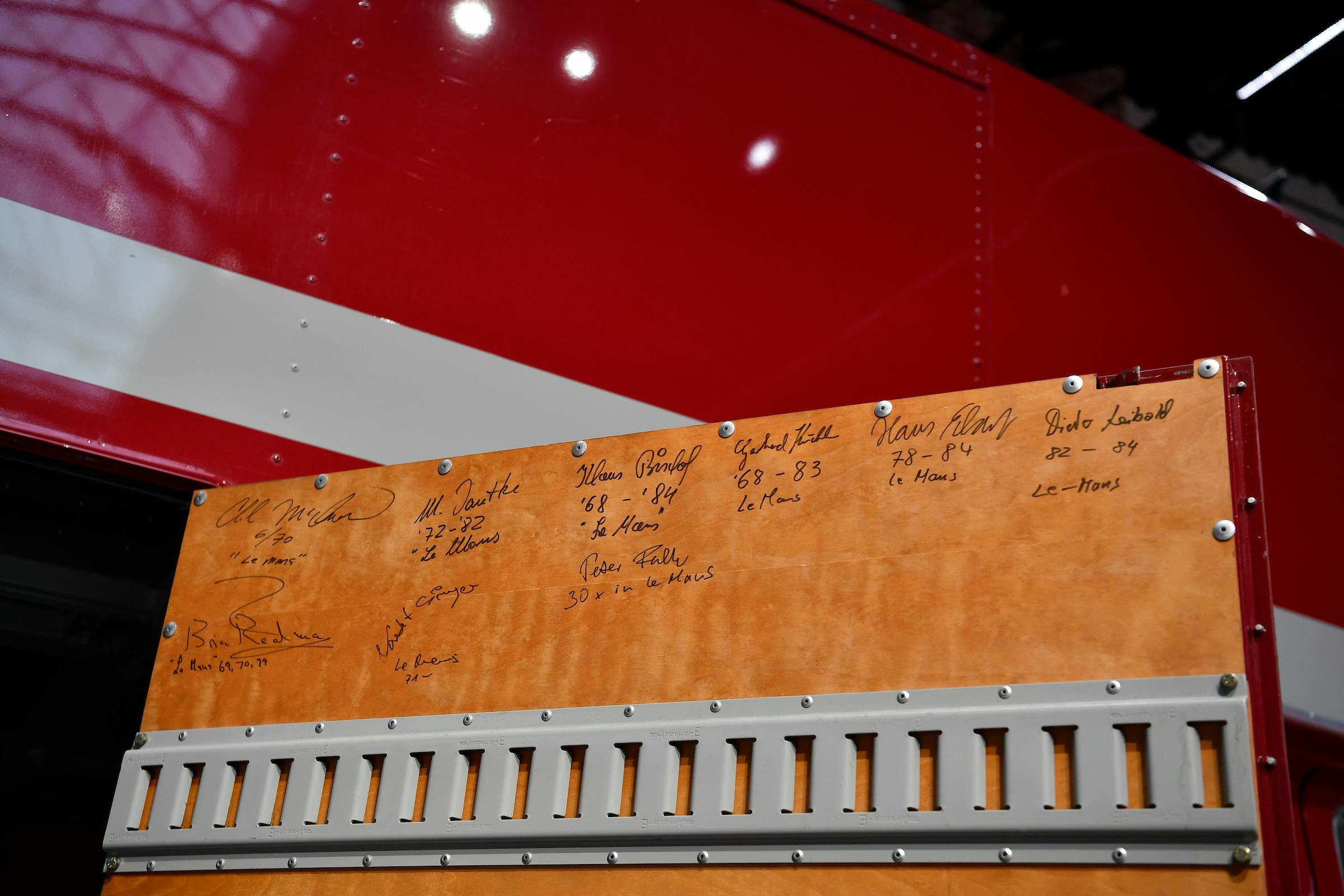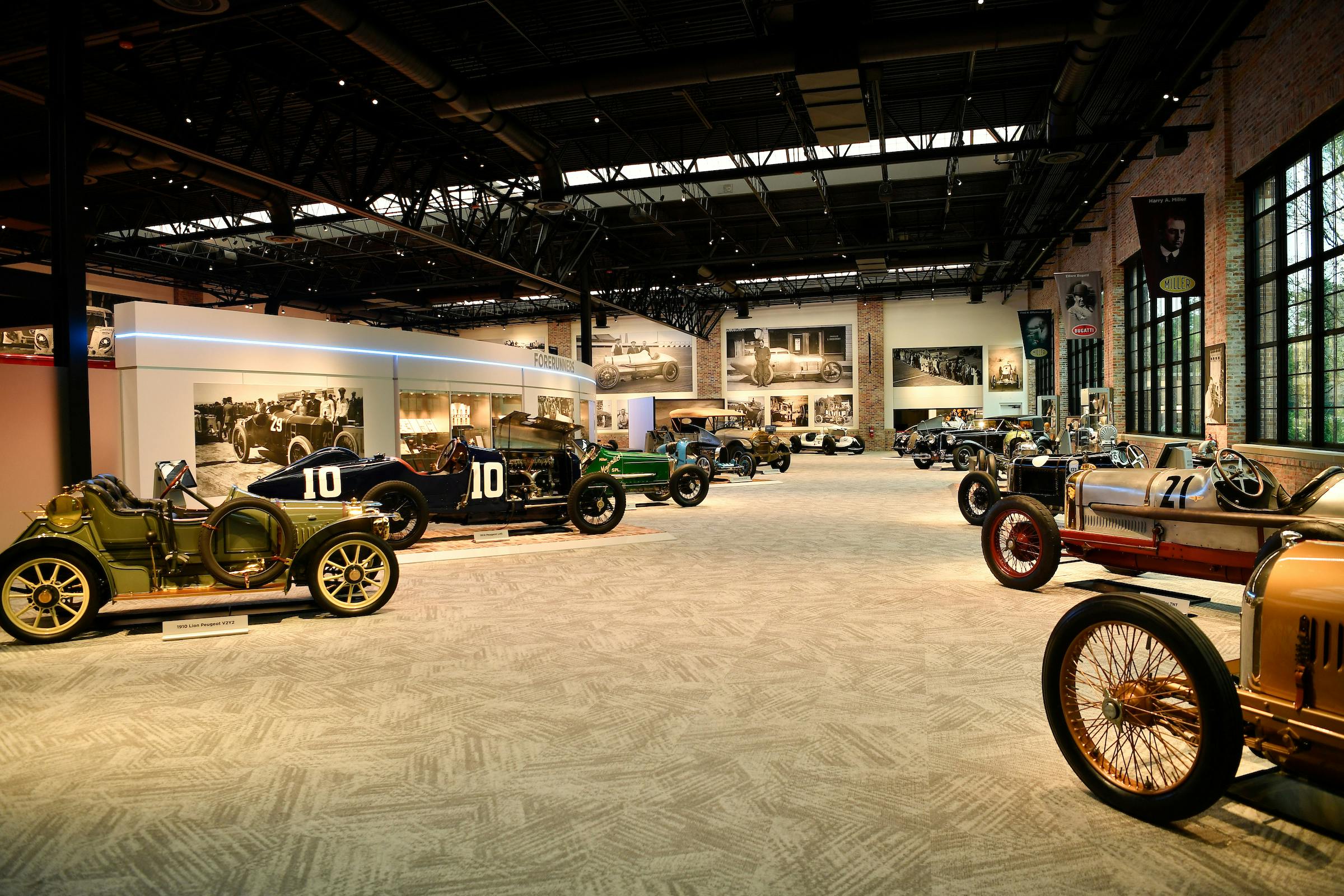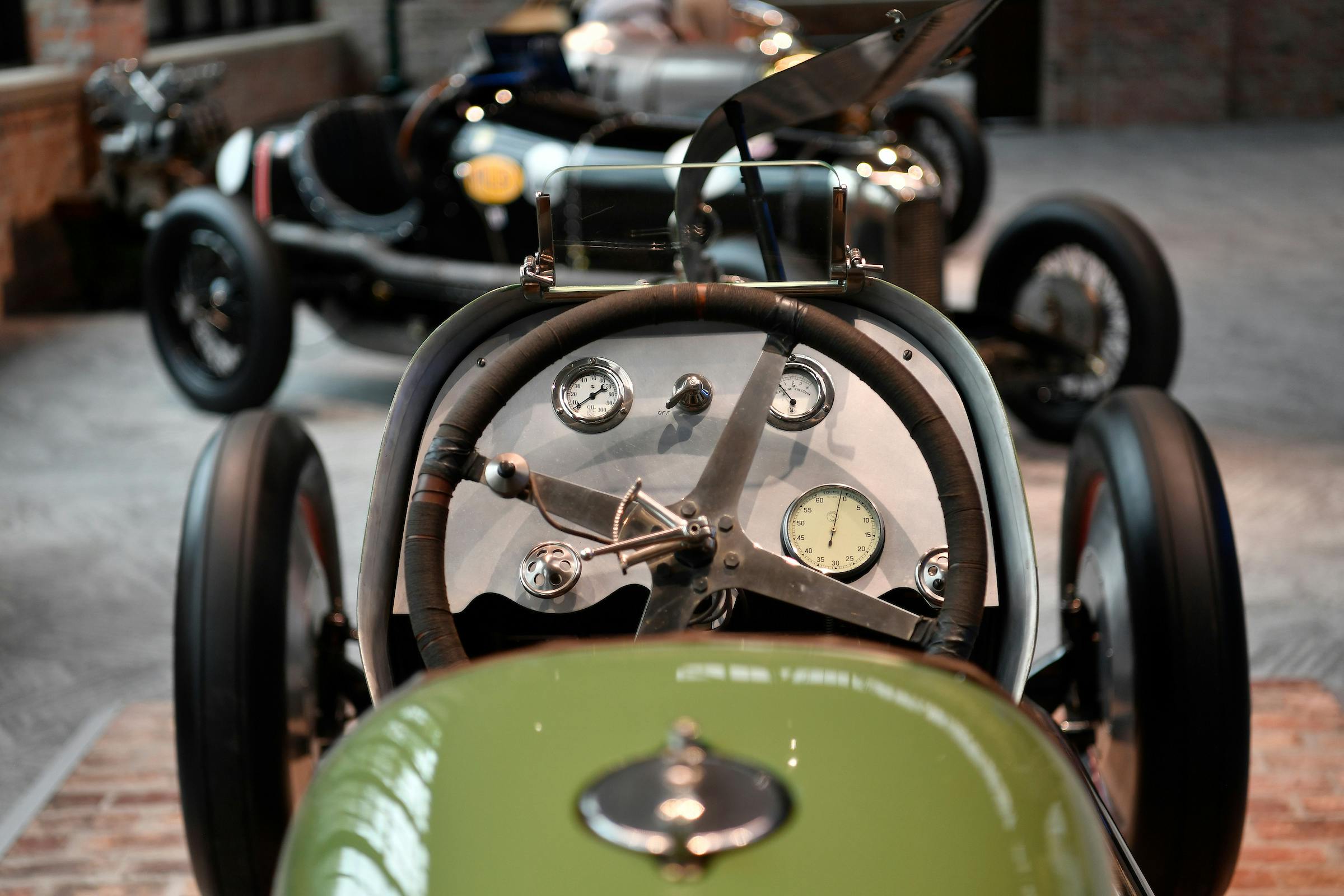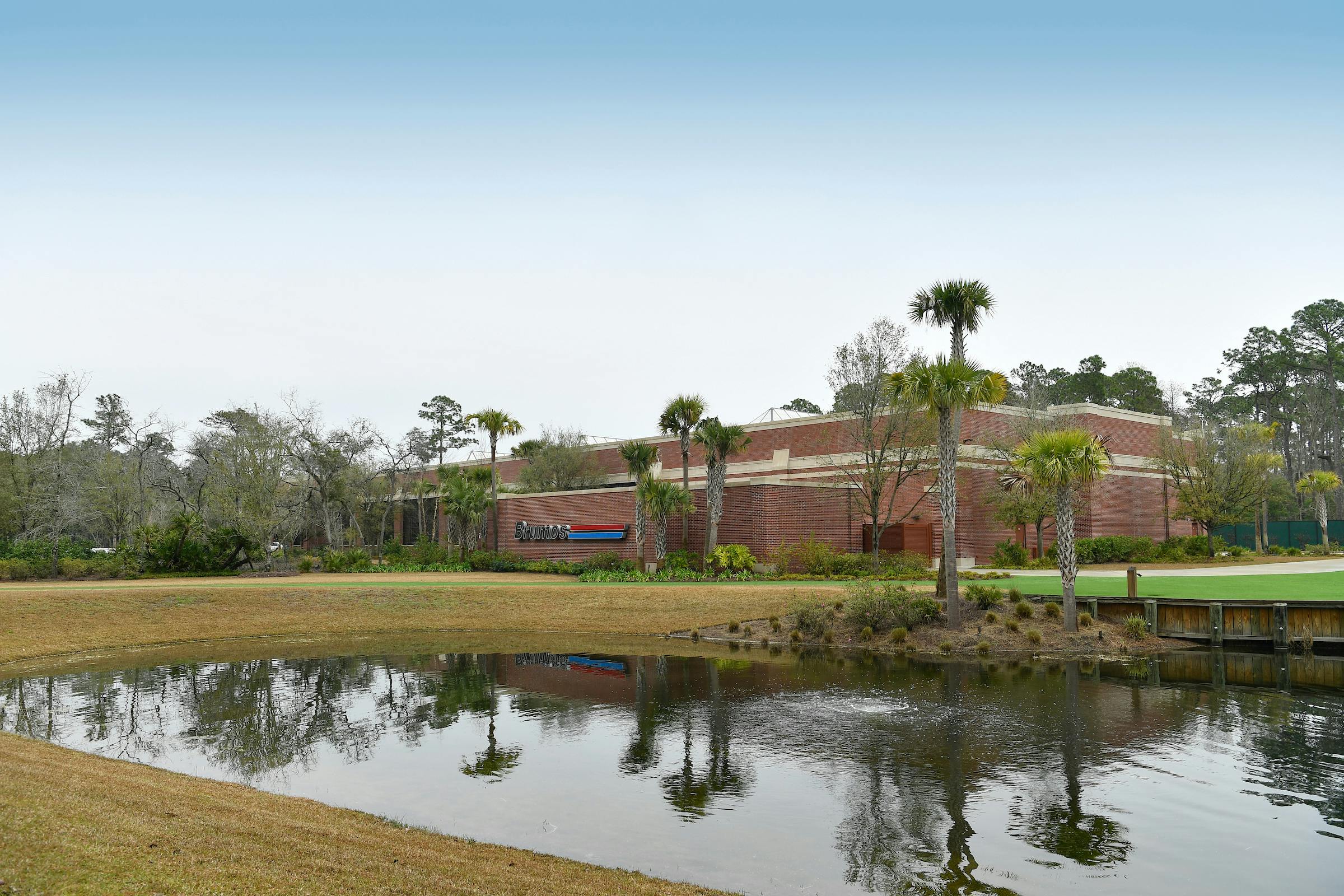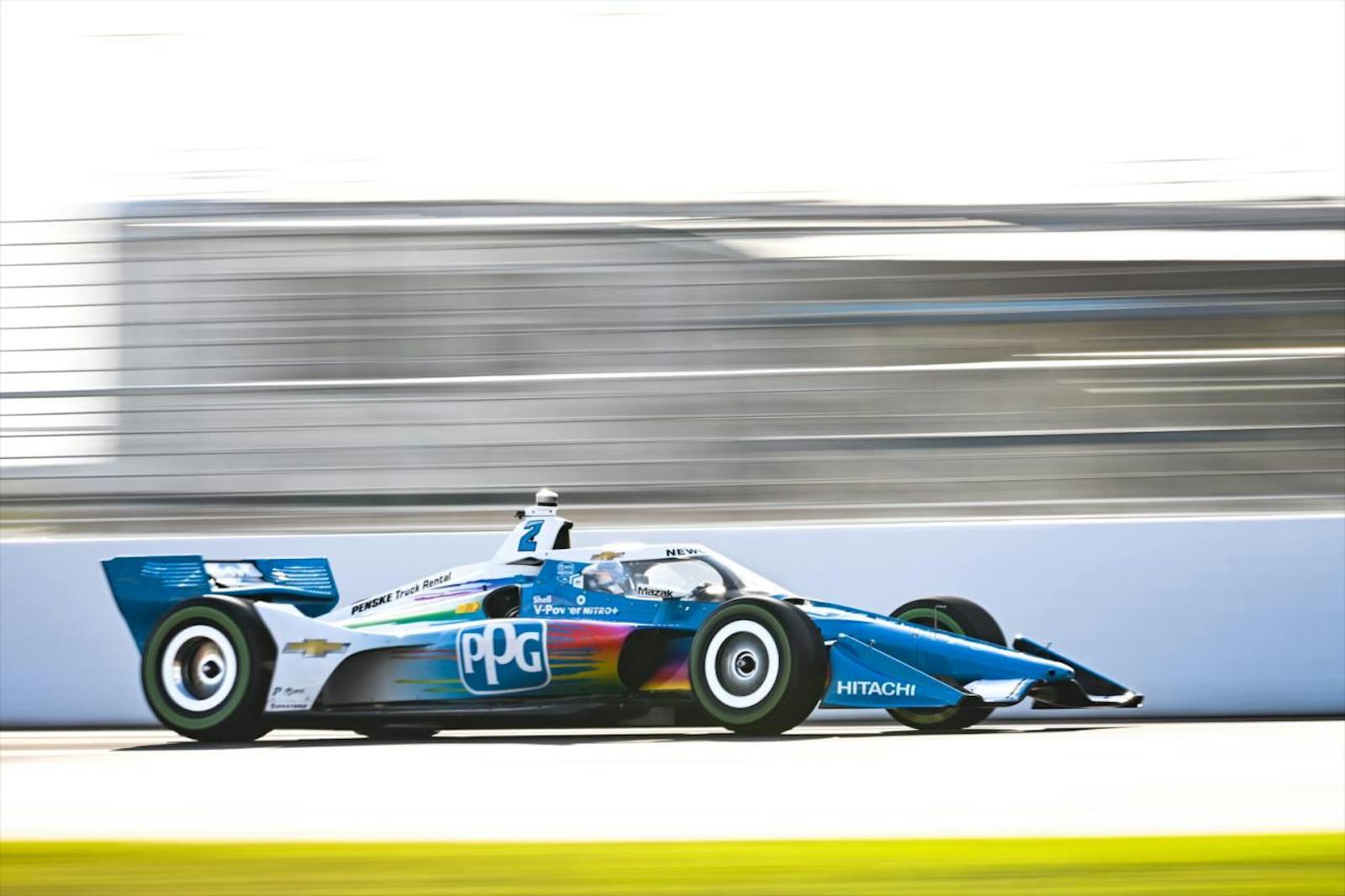Hurley Haywood on racing, Rolexes, Paul Newman, and the future
Hurley Haywood, who just turned 73 but looks 50, is certainly America’s greatest road racing endurance driver, and possibly the world’s best. He has five overall victories at the Rolex 24 at Daytona, three at the 24 Hours of Le Mans, and two at the 12 Hours of Sebring.
The soft-spoken Vietnam veteran will be part of a panel this Saturday at the 2021 Amelia Island Concours d’Elegance in Florida discussing the amazing Porsche 935 race car along with other Porsche experts, a car that can be found, incidentally, at the nearby Brumos Collection museum in Jacksonville, which we toured with Haywood. We left the tape recorder on: Below are some of Haywood’s random thoughts about racing, Rolexes, Paul Newman, and Peter Gregg. Our interjectory questions or comments are in italics. –Steven Cole Smith
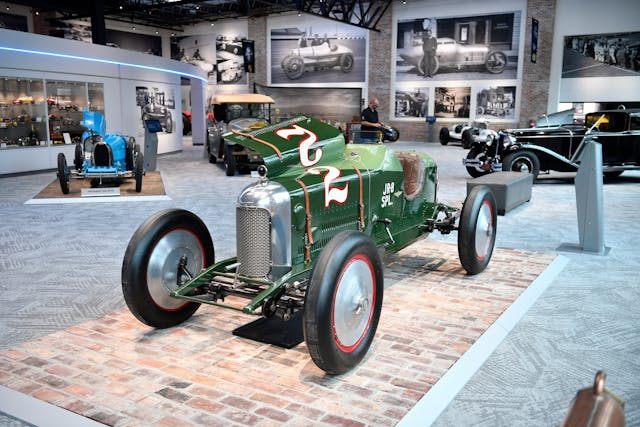
On the difference between new and old race cars: Racers who lived through that era were truly amazing people. You walk around and look at these cars, and you have to remember that sometimes they were racing not on asphalt or dirt, but on boards. It was just a different era, you look at this thing [an old board racer] and then you look at a modern race car, wow. It’s amazing.
On Mark Donohue: Driving a 1000-horsepower car, I was intimidated, but Mark said don’t let it get in your head … just take small steps, don’t take big ones, and you’ll eventually catch up. Mark was one of a handful of people who was a very good racer but also an engineer, he knew exactly how to make a car go faster. Al Holbert could too, he sort of patterned himself after Mark. I would drive a car and come back and articulate to the engineer the best I could what the car is doing, but didn’t tell him how to fix it. That’s the way I was brought up. I’d say the car is doing this, this and this, and let the engineer figure it out. Mark and Al could understand what the car needed to go faster. It worked out perfectly for those guys. But not many people can do that.
On computers: The big difference now is that everything is on a computer. Everything the car is doing is captured in a scale of measurements. Engineers can look at that in real time and see what the steering input is going into turn three, what the tires are doing, what the engine is doing, everything. So when the driver comes in they already know what the problems are. The driver is still important, but his input is overridden by what the computer is telling the engineers. They know everything. You can’t say, “I didn’t miss a shift on the back straight!” Hey, they know you did, they know when you are getting tired, they have body temperature readouts, and they can tell by your performance.

Air conditioning is a boon: I always complained, like in a 935, the cockpit temperatures were immense. Like 120 or 130 degrees constantly. With the racing suit, the helmet, the gloves, the sock on my head, I’d very quickly get dehydrated. Plus, you’d have to go the bathroom, a lot of guys would just go in the car, which was bad for codrivers, but they finally figured out that if they kept the driver healthy and cool, they’d quickly make up for whatever additional weight it cost them. For an ice chest or whatever. So now they have air-conditioned cockpits and they monitor everything the driver is going through as well as what the car is going through. They know exactly what is going on.
Doctor on call: I brought my own doctor with me sometimes, and he would give me an IV. I’d get out of the car practically falling over, and half an hour later I was back in the pits, fresh as a daisy. Nowadays, if you get an IV at the races, you stand a good chance of not being let back in the car. I don’t understand the thinking behind that, because you always want to stay ahead of the curve, and if you constantly take the IVs after your stint, you’re never going to get depleted. Are they afraid the IV is laced? A good doctor and a good team would never let that happen, but I guess that’s the concern.
On Jim France and the DPi cars that started Grand AM: It’s a different era now. Personally, I think it was really cool to drive the new DPi cars, and we were the first ones to have the new car, when Bob Snodgrass, Jim France, and I worked on the cockpit. Jim France doesn’t look at the tip of his nose, he looks way downrange. DPi is evolving into DPi International with the new LMDh cars, but nobody envisioned that but Jim France. He brought it along slowly and carefully, and now it’s going to be adopted by the ACO to run at Le Mans. We’ll finally be able to take American teams and race in Europe, and European teams can race in America.
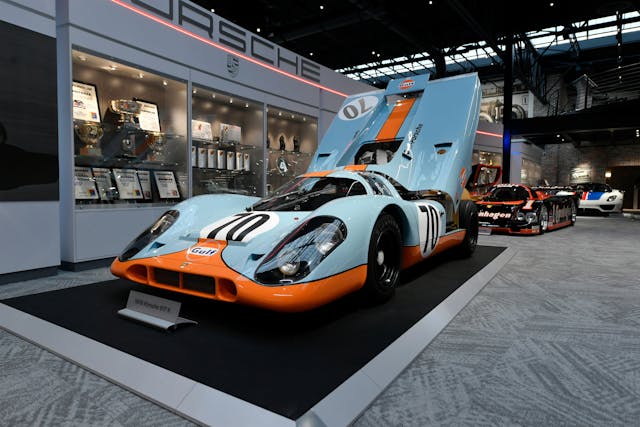
On the new Porsche GT Le Mans addition: We’re really lucky to be able to get this car … Nick Tandy drove this two years ago at Daytona. You look at this car and then look at what we used to drive, the difference is amazing. One of the things I really like, drivers are different sizes, and I often had to use a seat insert or a pillow to get close enough to reach the pedals. Now the rules say the seat has to be in a fixed position, no adjustments, so here’s a lever that lets the whole pedal assembly slide back and forth so it can be adjusted to the individual. The sequential shifting, air conditioning, it all makes the driver’s life a lot easier.
On the difference between a pro and an amateur driver: There are amateur guys that are almost as fast as the pros are. The difference is the pro will understand the dynamics of what is going on out on the racetrack, and he’s thinking way ahead of where he is at the moment. Whereas the amateur is usually concentrated on the moment. He doesn’t have the big picture. It’s like a chess game. The moves are calculated well in advance of where you’re going. I think that’s what the difference is now. There are a lot of amateur guys who are really fast but they tend to make mistakes.

On mentor and codriver Peter Gregg and more on Al Holbert: Guys like Peter and Al really understood that racing dovetailed with the heritage. Peter was a very good negotiator. He could persuade people to his thinking. I think Peter and Al would have been frustrated with all the electronic stuff that’s in cars now. Peter never liked to drive an open-wheel car, he liked closed cockpits. He was a safety freak. I drove the 917 Porsche—he was not comfortable driving the 917.
On Gregg and the media: The only editorial person he had a good relationship with was Leon Mandel. That was really a funny relationship. Once he took Leon for a ride around Road Atlanta. And when they were coming in the pits, he leaned over to Leon and said, “Now you know why I’m a hero.” Peter always looked at people and if he thought you were lacking in education of whatever, you were beneath him, and he didn’t want to give you the time of day. If you were talking to him about a subject that you were equal to him in knowledge, and you challenged him on something, that was all he needed—he liked that challenge. But you’d better be right when you challenged him.

On Paul Newman: Newman and I were pretty good friends. Was he the best celebrity driver? Yeah, Newman was the best—had he decided to get out of acting and be a racing driver he would have done well. He understood the precision needed, the concentration you had to have. Patrick Dempsey was good, I was kind of a mentor to him, he started out pretty green but went at it sort of like when you learn the lines to a script, and he progressed very nicely. His problem was he never had the time to devote 100 percent to driving, always had something going on in his mind. If you’re going to be a professional racing driver you are going to have to commit 100 percent to that mission.
On Steve McQueen: McQueen was well-respected but had a career that paid a lot more than being a racing driver. Actors like that little bubble they were in inside the cockpit, nobody bugging them for autographs, one of the reasons why a lot of stars liked racing cars because you kind of left them alone. You also understand that they don’t want to be laughed at, so they really try hard to be good at it.

On the watch he’s wearing, a very understated Rolex: This watch has a very interesting story. In 1994, when we won Le Mans, I didn’t want to take any of my Rolexes over there. Afraid they’d get stolen. So I went out and bought a Timex Ironman and I wore that. So of course we were in Le Mans victory lane and I get my picture taken with hands raise in the air. I get back to the states and I get a note from Rolex: “Hurley, we are so proud of you, did a great job, do we need to service your watch?” They couldn’t help but notice I didn’t have a Rolex on. So I told them the story, and that was it. But later they invited me to New York for a luncheon. It was a beautiful lunch, and dessert came, and this box came along with dessert. It was a simple Rolex with a rubber band on it. They said, this is the most inconspicuous Rolex we’ve ever made. But instead of being inconspicuous, everybody wanted to know where did you get that watch? How did you get a rubber band on it? So it became THE watch. Articles were written about it. Finally the rubber band gave out and I sent it back to them and it came back with this very nice bracelet, but now you can get Rolexes with rubber bands on them.
On the future: I think it’s going to be a very exciting period for racing. Battery evolution is huge. Every month it gets more amazing. Porsche wanted me to drive a Taycan from Atlanta to Amelia Island—with a little planning, it was no problem. I think what the pandemic has done is slow everybody down, caused us to take a step back and slow down, sort of to the same pace as driving an electric car. As far as racing goes, I like the way the electric engine sounds, I found myself picking up sounds I never heard, like the sound of braking. The slide of tires going into a corner—you train your ear to pick up the sound of the transmission. I think it’s really going to be interesting.
